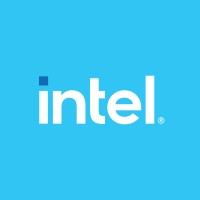FAQs
What will be the primary focus of this role as a Physical Design Engineer for CPU Core IP?
The primary focus of this role will be designing the latest core IP for cutting edge compute processors across various segments such as client, server, IOTG, and AI, with a focus on power efficiency and innovation.
What kind of microprocessor architecture will you be working on?
You will be working on state-of-the-art microprocessor architecture on the most advanced and latest process technologies.
In which segments of Intel's compute roadmap are the core designs developed in this role present?
Core designs developed in this role are present in nearly all segments of Intel's compute roadmap.

